FamoustemplesinAsia - ArtandCulture

Removed from Unnamed collection
Wong Tai Sin Temple 
As one of Hong Kong’s most famous and popular temples, Wong Tai Sin Temple is not only famous among locals, but also very well-known among Chinese from all around the world. This has mainly to do with the history and myths behind this unique temple. http://www.nextstophongkong.com/sik-sik-yuen-wong-tai-sin-temple/
Map
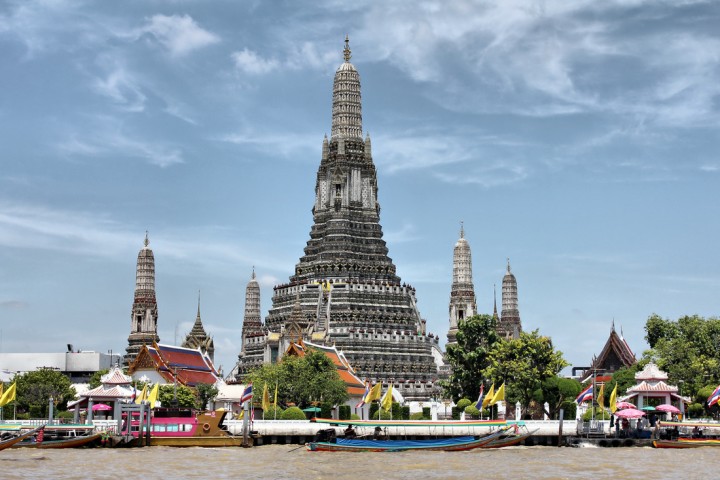
Removed from Unnamed collection
Wat Arun 
Wat Arun, locally known as Wat Chaeng, is situated on the west (Thonburi) bank of the Chao Phraya River. It is easily one of the most stunning temples in Bangkok, not only because of its riverside location, but also because the design is very different to the other temples you can visit in Bangkok. Wat Arun (or temple of the dawn) is partly made up of colourfully decorated spires and stands majestically over the water.
Wat Arun is almost directly opposite Wat Pho, so it’s very easy to get to. From Saphan Taksin boat pier you can take a riverboat that stops at Pier 8. From here, a small shuttle boat takes you from one side of the river to the other. http://www.bangkok.com/attraction-temple/wat-arun.htm
Map
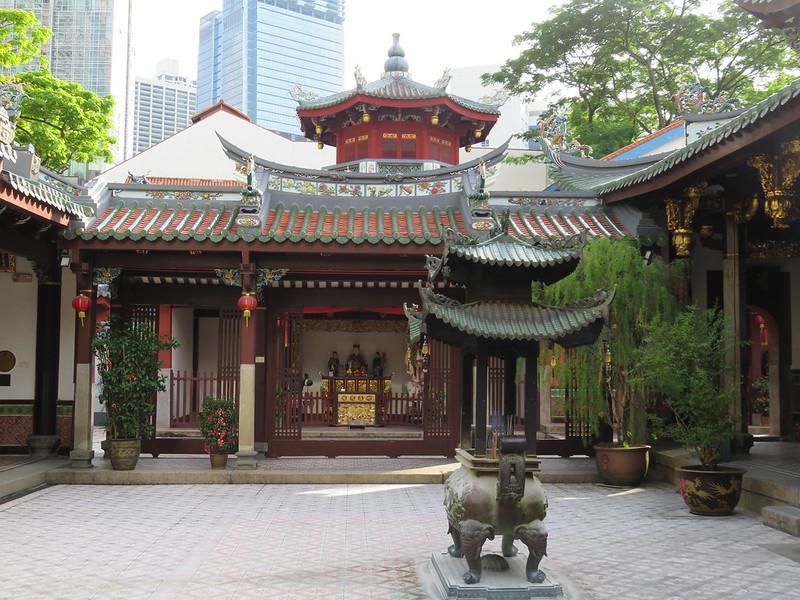
Removed from Unnamed collection
Thian Hock Keng Temple 
Beautifully restored, Thian Hock Keng Temple, which is dedicated to Mazu, the Goddess of the Sea, is the oldest Chinese temple in Singapore.
Built-in 1839 with the support of prominent members of the Hokkien community, such as philanthropist Tan Tock Seng, Thian Hock Keng Temple is Singapore's oldest Chinese temple.
Dedicated to Mazu, the Goddess of the Sea, early Chinese immigrants came here to give thanks for their safe passage across the vast waves of the South China Sea.
At the temple, take in the remarkable architecture in the traditional southern Chinese style.
Keep an eye out for the detailed carvings and sculptures of dragons, phoenixes, and deities, as well as the colorful broken porcelain on the roof ridges, a Fujian decorating technique.
Amazingly, not a single nail was used in the original construction of the temple, which is now a gazetted national monument and managed by the Singapore Hokkien Huay Kuan. http://www.visitsingapore.com/see-do-singapore/culture-heritage/places-of-worship/thian-hock-keng-temple/
Map
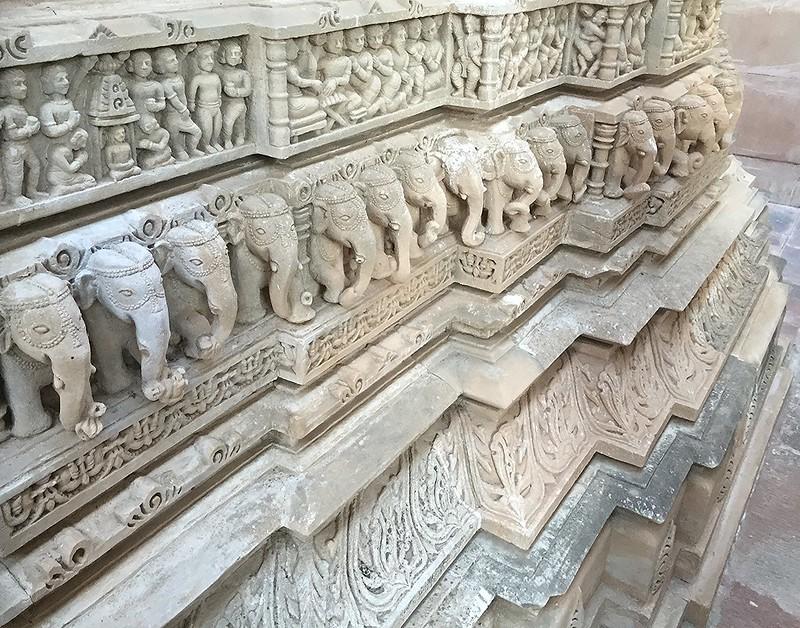
Removed from Unnamed collection
Osian 
Osian is an ancient town located in the middle of the Thar Desert. Often known as the "Khajuraho of Rajasthan", Ossian is famous as the home to a cluster of ruined Brahmanical and Jain temples dating from the 8th to 11th centuries. One can enjoy the view of 18 shrines, out of which Surya or Sun Temple, the later Kali temple, Sachiya Mata Temple and the main Jain temple dedicated to Mahavira stand for their grace and architecture. https://www.tourmyindia.com/states/rajasthan/ossian-jodhpur.html
Map
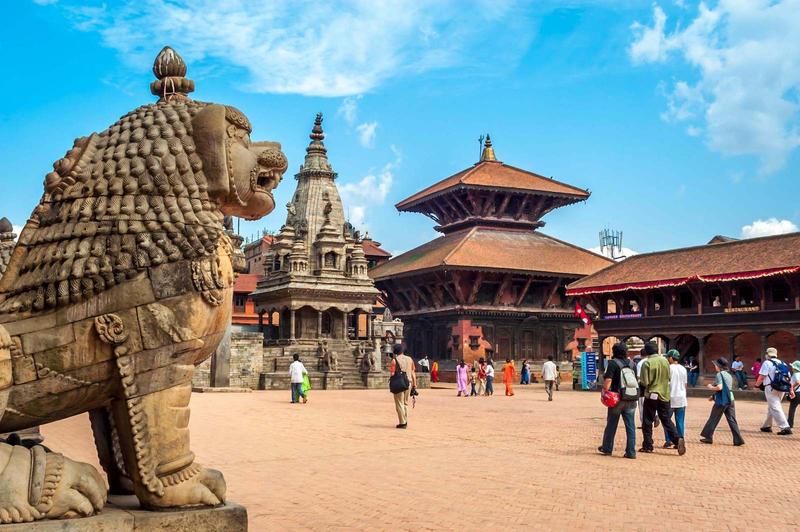
Removed from Unnamed collection
Kathmandu 
Kathmandu is the capital city of Nepal. It boasts with ancient temples and monuments. Kathmandu has become city of temples and home of god and goddess. The tales of god and demon carved into the stones and woods. Kathmandu has history dating back to 600BC. Kathmandu has been fusion of Hindu and Tibetan culture through out the history, this can be seen in the carved walls of temples and monuments. The city is famous for its art and architecture developed in the periods of different dynasties which dates back to the centuries.Newars are the indigenous people of Kathmandu valley, there is a huge settlement of Newars still living in the areas of Kathmandu, Patan and Bhaktapur districts. We can still find traditional art and lifestyle of Newar people in these areas. Now Kathmandu is home to multi ethnicity and culture. Apart from the strong cultural background youngsters of Kathmandu are still up to date with trends and technology.
Map
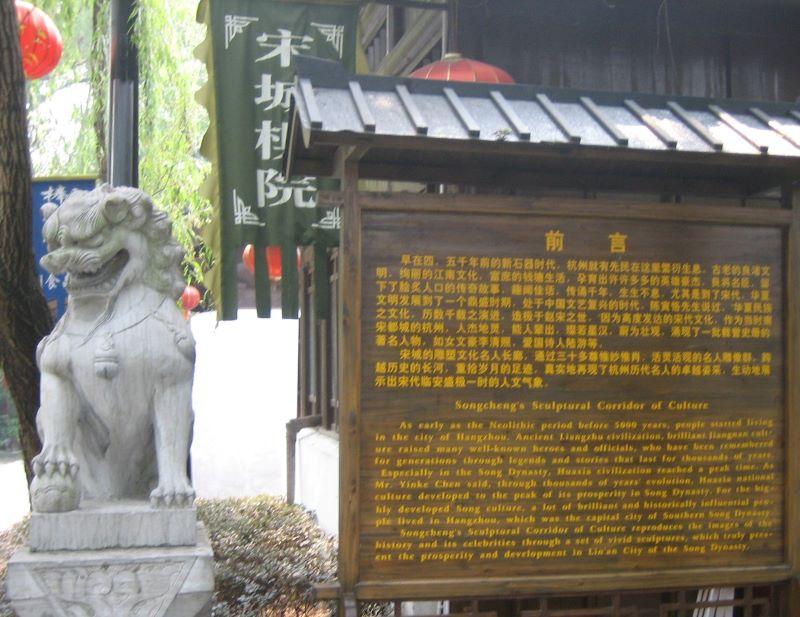
Removed from Unnamed collection
Songcheng 
Song Dynasty Town (Songcheng) is the largest theme park in Hangzhou, featuring the cultural characteristics of the Song Dynasty (960 - 1279 AD), and also the first theme park built in Zhejiang. With Wuyun Mountain in the north and West Lake to its northeast, Song Dynasty Town is on the northern bank of the Qiantang River. Its layout and architectural style are based on a precious ancient painting, 'Along the River During the Qingming Festival', which was made by famous painter Zhang Zeduan, displaying the urban landscape and people's living condition of that dynasty.
The theme park is divided into three fields, Performing Songcheng, High-tech Songcheng, and Cultural Songcheng. Performing Songcheng includes the Romance of the Song Dynasty and ten theme shows. High-tech Songcheng has many featured events, such as reproducing area of 'Along the River during the Qingming Festival', two distinguishing haunted houses, and a mysterious street. Using advanced technology, they are all very realistic and mysterious, giving visitors a totally different experience. Cultural Songcheng covers some folk activities, such as traditional workshops, custom shows and Buddhist temples. https://www.travelchinaguide.com/attraction/zhejiang/hangzhou/song-dynasty-town.htm
Map
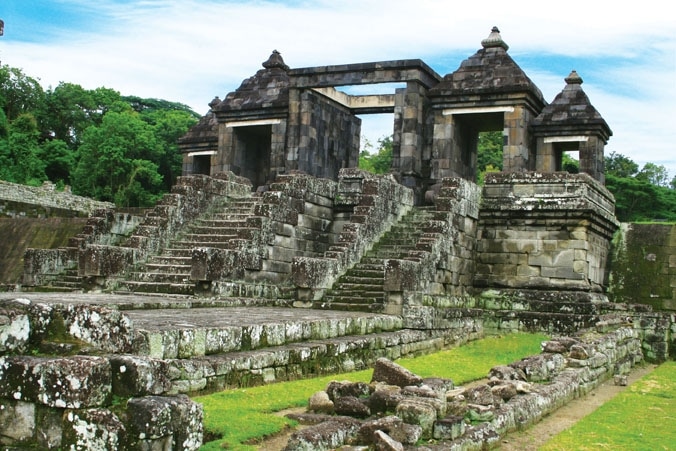
Removed from Unnamed collection
Ratu Boko Temple 
Settled on a hillside plateau, overlooking Prambanan temple complex and with a view to Mount Merapi behind Prambanan Temple complex, lie the remains of a once grand palace. The palace (kraton) is named Ratu Boko after a King Boko of local folklore, but the real owner of the palace is more likely to have been a king of a local dynasty. http://indonesia-tourism.com/blog/ratu-boko-temple-yogyakarta/
Map
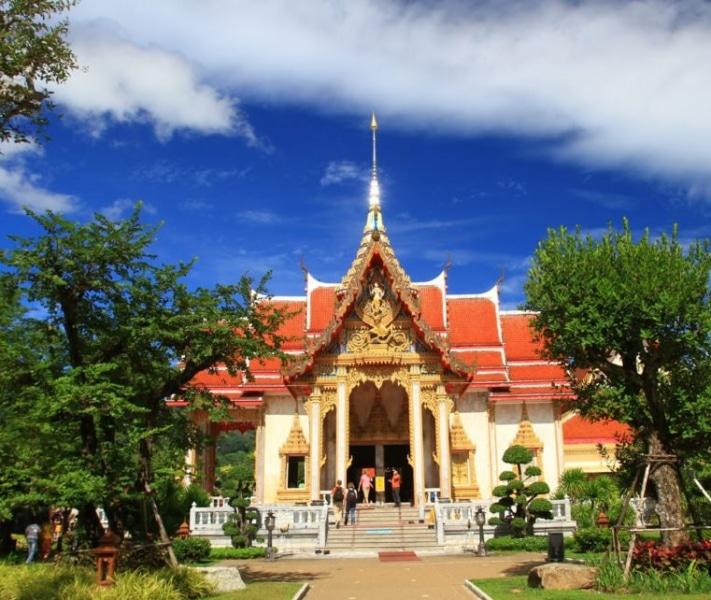
Removed from Unnamed collection
Chalong Temple 
Wat Chalong, the largest, most revered and most visited Buddhist temple in Phuket was built at the beginning of the 19th century, 1837 according to some sources. Chalong Temple (officially Wat Chaiyatararam) is one of the Must-See places in Phuket, together with the nearby Big Buddha of Phuket as they are relatively close to each other.
The tallest building on the grounds of Wat Chalong is a 60 meters tall stupa (chedi) sheltering a bone fragment of Lord Buddha. Walls and ceilings of the temple are decorated with beautiful painting retracing the most significant steps of Buddha’s life. Each floor is also full of large donated golden statues.
Wat Chalong Chedi is built on three floors so feel free to climb all the way to the top floor terrace to get a beautiful bird view on the entire temple grounds. Few more steps will lead you to a glass display where the fragment of bone can be contemplated. https://www.phuket101.net/wat-chalong/
Map
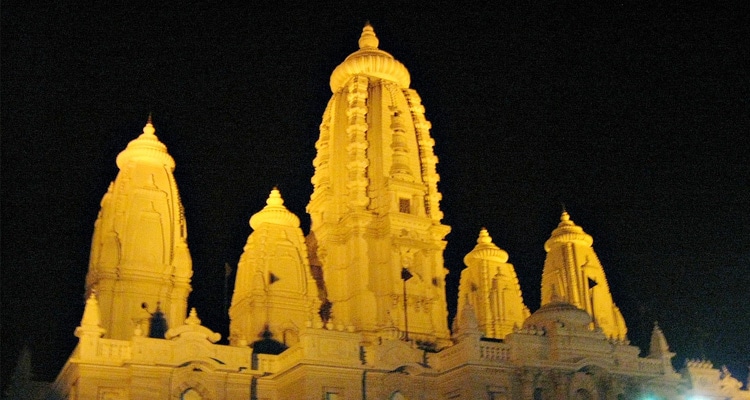
Removed from Unnamed collection
Shri Radhakrishna Temple 
Beautifully constructed, J.K. temple is a boon to the devotees. Built by J.K. Trust this architectural delight is a unique blend of ancient architecture with the modern design. https://kanpurtourism.com/shri-radhakrishna-temple-jk-temple-kanpur
Map
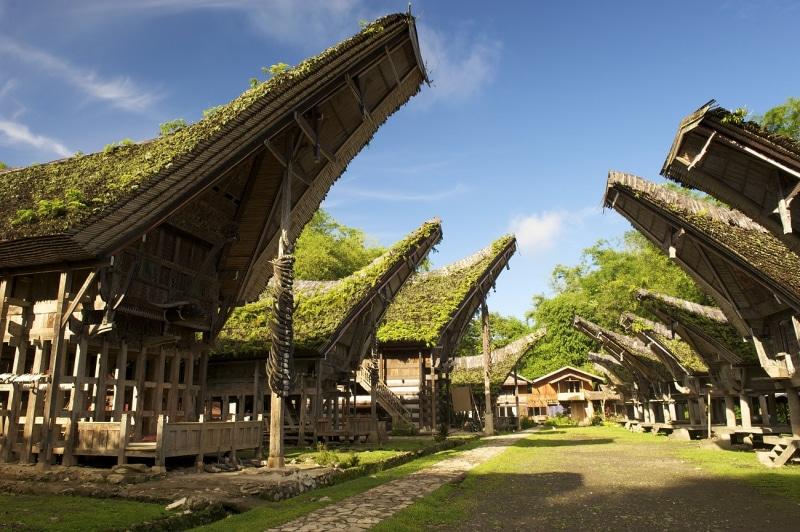
Removed from Unnamed collection
Tana Toraja 
Tana Toraja is safely protected beyond the lofty mountains and rugged granite cliffs of the central highlands of the island of Sulawesi and the home of the Toraja people. 'Discovered' and opened to the world from their long isolation only since the beginning of the last century, the Toraja today still adhere to their age-old beliefs, rituals and traditions. The nobility of Toraja are believed to be descendants of heavenly beings who came down by a heavenly stairway to live here on earth in this beautiful landscape. To keep up the energy of the land and its people, the Toraja people believe that these must be sustained through rituals that celebrate both life and death, which are attached to the agricultural seasons. Tourists to Toraja, therefore, are either attracted by its unique culture and rituals, most of which are mostly centered around graves and death ceremonies. While others prefer to avoid the morbid images and go trekking through the spectacular, almost untouched Toraja countryside visiting remote villages, or exhilarate in rafting the Sa'dan river rapids. https://www.indonesia.travel/au/en/destinations/sulawesi/tana-toraja
Map

Removed from Unnamed collection
Sumiyoshi Shrine 
In Osaka, the shrine is known affectionately as "Sumiyossan." Every year, from January 1st to 3rd, the shrine welcomes more than 2 million people for Hatsumode, the traditional first shrine visit of the year. The head shrine for Japan's approximately 2,300 Sumiyoshi shrines, Sumiyoshi Taisha is the most important shrine in the Osaka area. Praying to the gods here is believed to ensure maritime safety, as well as good luck in farming, waka poetry, martial arts, and sumo wrestling, and to ward off disasters of all kinds. Built more than 1,800 years ago, the buildings are arranged to resemble a fleet of ships headed out to sea. The shrine was built in an architectural style known as Sumiyoshi-zukuri, the oldest style used in shrine construction, and is registered as a national treasure. Sumiyoshi Taisha has more than 30 auxiliary shrines, as well as a number of festivals and rituals, including Sumiyoshi Matsuri. The grounds of the shrine are carefully preserved as a national treasure and important cultural property for their architectural and cultural value. https://osaka-info.jp/en/page/sumiyoshitaisha
Map
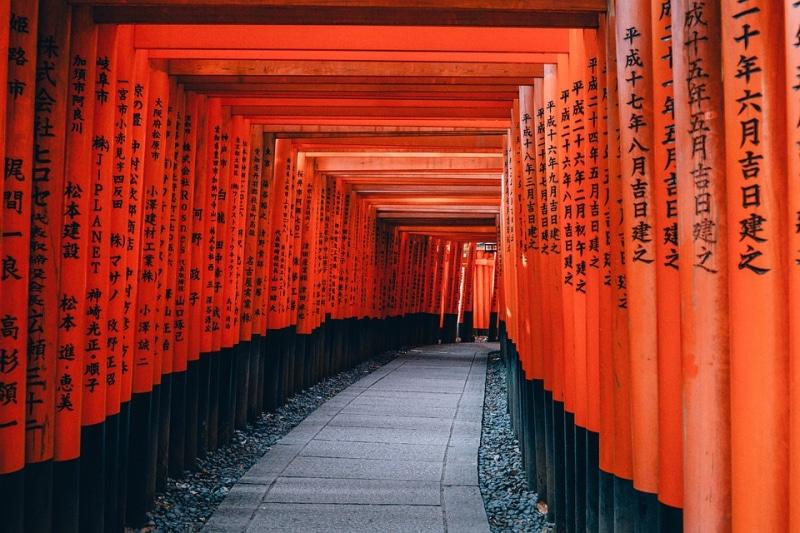
Removed from Unnamed collection
Fushimi Inari Shrine 
Fushimi Inari Shrine (Fushimi Inari Taisha) is an important Shinto shrine in southern Kyoto. It is famous for its thousands of vermilion torii gates, which straddle a network of trails behind its main buildings. The trails lead into the wooded forest of the sacred Mount Inari, which stands at 233 meters and belongs to the shrine grounds.
Fushimi Inari is the most important of several thousands of shrines dedicated to Inari, the Shinto god of rice. Foxes are thought to be Inari's messengers, resulting in many fox statues across the shrine grounds. Fushimi Inari Shrine has ancient origins, predating the capital's move to Kyoto in 794.
While the primary reason most foreign visitors come to Fushimi Inari Shrine is to explore the mountain trails, the shrine buildings themselves are also attractive. At the shrine's entrance stands the Romon Gate, which was donated in 1589 by the famous leader Toyotomi Hideyoshi. Behind stands the shrine's main hall (honden) where visitors should pay respect to the resident deity by making a small offering. https://www.japan-guide.com/e/e3915.html
Map
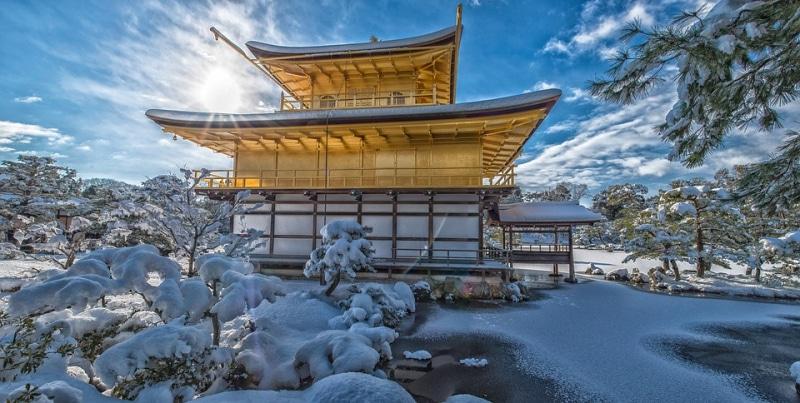
Removed from Unnamed collection
Kinkakuji Temple 
The image of the temple richly adorned in gold leaf reflects beautifully in the water of Kyokochi, the mirror pond.
It is perhaps the most widely-recognized image of Kyoto. Seen reflected in the adjoining "mirror pond" with its small islands of rock and pine, Kinkaku-ji Temple, "The Temple of the Golden Pavilion," is a breathtaking must-see.
The building's first purpose was to serve the retiring Shogun Ashikaga Yoshimitsu (1358-1409) as a residence. The gold-leaf-adorned building was converted into a Zen temple shortly after his death. In an event that was later fictionalized by the renowned author Yukio Mishima, a 21-year-old monk burned Kinkakuji down in 1950. The temple was rebuilt in 1955 and continues to function as a storehouse of sacred relics.
The temple's garden is also a scenic delight and contains in its grounds a charming teahouse. https://kyoto.travel/en/shrine_temple/165
Map

Removed from Unnamed collection
Kiyomizudera Temple 
Kiyomizudera ("Pure Water Temple") is one of the most celebrated temples of Japan. It was founded in 780 on the site of the Otowa Waterfall in the wooded hills east of Kyoto, and derives its name from the fall's pure waters. The temple was originally associated with the Hosso sect, one of the oldest schools within Japanese Buddhism, but formed its own Kita Hosso sect in 1965. In 1994, the temple was added to the list of UNESCO world heritage sites.
Part of the fun of visiting Kiyomizudera is the approach to the temple along the steep and busy lanes of the atmospheric Higashiyama District. The many shops and restaurants in the area have been catering to tourists and pilgrims for centuries, and products on sale range from local specialties such as Kiyomizu-yaki pottery, sweets and pickles to the standard set of souvenirs.
The Higashiyama district together with Kiyomizudera, Yasaka Shrine and other temples in the area, have special evening illuminations during the annual Hanatoro event held in mid March. Kiyomizudera also has special illuminations during the autumn leaf season in the second half of November. https://www.japan-guide.com/e/e3901.html
Map
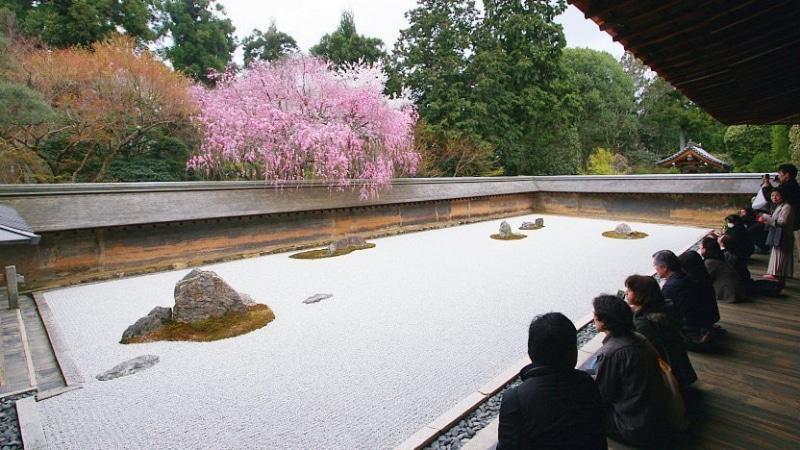
Removed from Unnamed collection
Ryoanji Temple 
Ryoanji Temple (龍安寺, Ryōanji) is the site of Japan's most famous rock garden, which attracts hundreds of visitors every day. Originally an aristocrat's villa during the Heian Period, the site was converted into a Zen temple in 1450 and belongs to the Myoshinji school of the Rinzai sect of Zen Buddhism, whose head temple stands just a kilometer to the south.
As for the history of Ryoanji's famous rock garden, the facts are less certain. The garden's date of construction is unknown and there are a number of speculations regarding its designer. The garden consists of a rectangular plot of pebbles surrounded by low earthen walls, with 15 rocks laid out in small groups on patches of moss. An interesting feature of the garden's design is that from any vantage point at least one of the rocks is always hidden from the viewer. https://www.japan-guide.com/e/e3909.html
Map
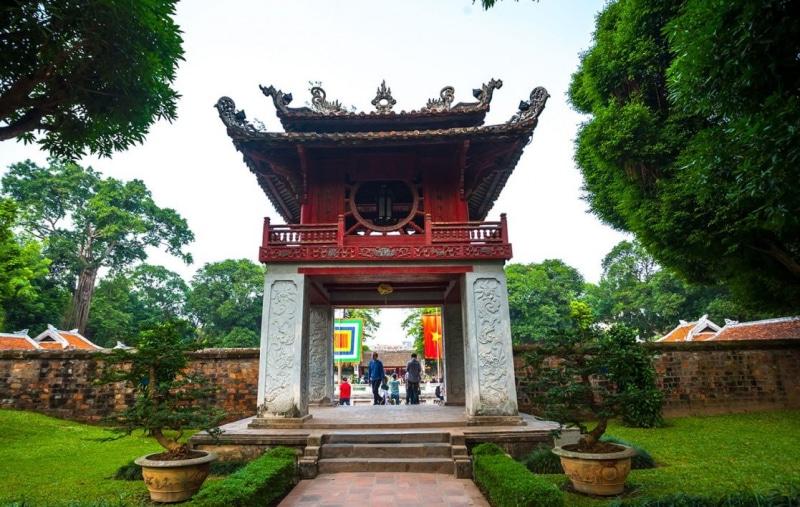
Removed from Unnamed collection
Temple Of Literature 
The Temple of Literature is often cited as one of Hanoi’s most picturesque tourist attractions. Originally built as a university in 1070 dedicated to Confucius, scholars and sages, the building is extremely well preserved and is a superb example of traditional-style Vietnamese architecture.
This ancient site offers a lake of literature, the Well of Heavenly Clarity, turtle steles, pavilions, courtyards and passageways that were once used by royalty. Visiting the Temple of Literature you will discover historic buildings from the Ly and Tran dynasties in a revered place that has seen thousands of doctors’ graduate in what has now become a memorial to education and literature.
Originally the university only accepted aristocrats, the elite and royal family members as students before eventually opening its doors to brighter ‘commoners’. Successful graduates had their names engraved on a stone stele which can be found on top of the stone turtles. http://www.vietnam-guide.com/hanoi/temple-of-literature.htm
Map
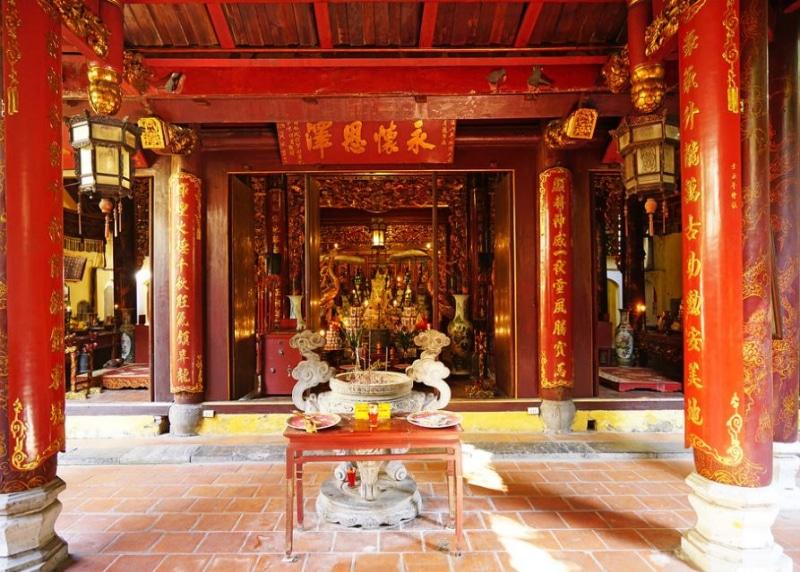
Removed from Unnamed collection
Bach Ma Temple 
Bach Ma Temple is believed to be the oldest temple in Hanoi. This Buddhist temple was originally built in the ninth century by King Ly Thai To in honour of Bach Ma. According to a sign inside the temple, originally the site of the temple was Long Do Mountain. The temple was moved to its current location in the Old Quarter of Hanoi in the 18th century, during the Ly Dynasty, to guard the east side of Thang Long.
The translation of Bach Ma is ́White Horse ́ and this refers to a story behind the construction of the Temple. King Ly Thai To had been struggling to build the temple as its walls kept collapsing. It is said that a white horse delineated the best area to build the temple with its hooves to help the king in constructing the temple. http://www.vietnam-guide.com/hanoi/attractions/bach-ma-temple.htm
Map

Removed from Unnamed collection
Sai Baba Ashram 
The Sai Baba Ashram in Bangalore is located near the Whitefield Railway Station, thus it is also called the Whitefield Ashram. The Ashram, also known by the name of Brindavan Ashram, was established by Sri Sathya Sai Baba on 25th June 1960. This was the summer home of Baba, who used to spend three months of the year here.
Attracting a large number of devotees from around the world, the Ashram is an abode of peace and spirituality and is located away from the noise and pollution of the city to aid the divinity of the ashram and faith of the devotees.
Sai Baba Ashram has a sprawling campus and is situated approximately 24 kilometres from the city-centre of Bangalore. There are no steps or stairs in the ashram, except in the accommodation quarters. The Ashram is adorned with the following structures used for different purposes. https://www.tourism-of-india.com/sai-baba-ashram-bangalore.html
Map









